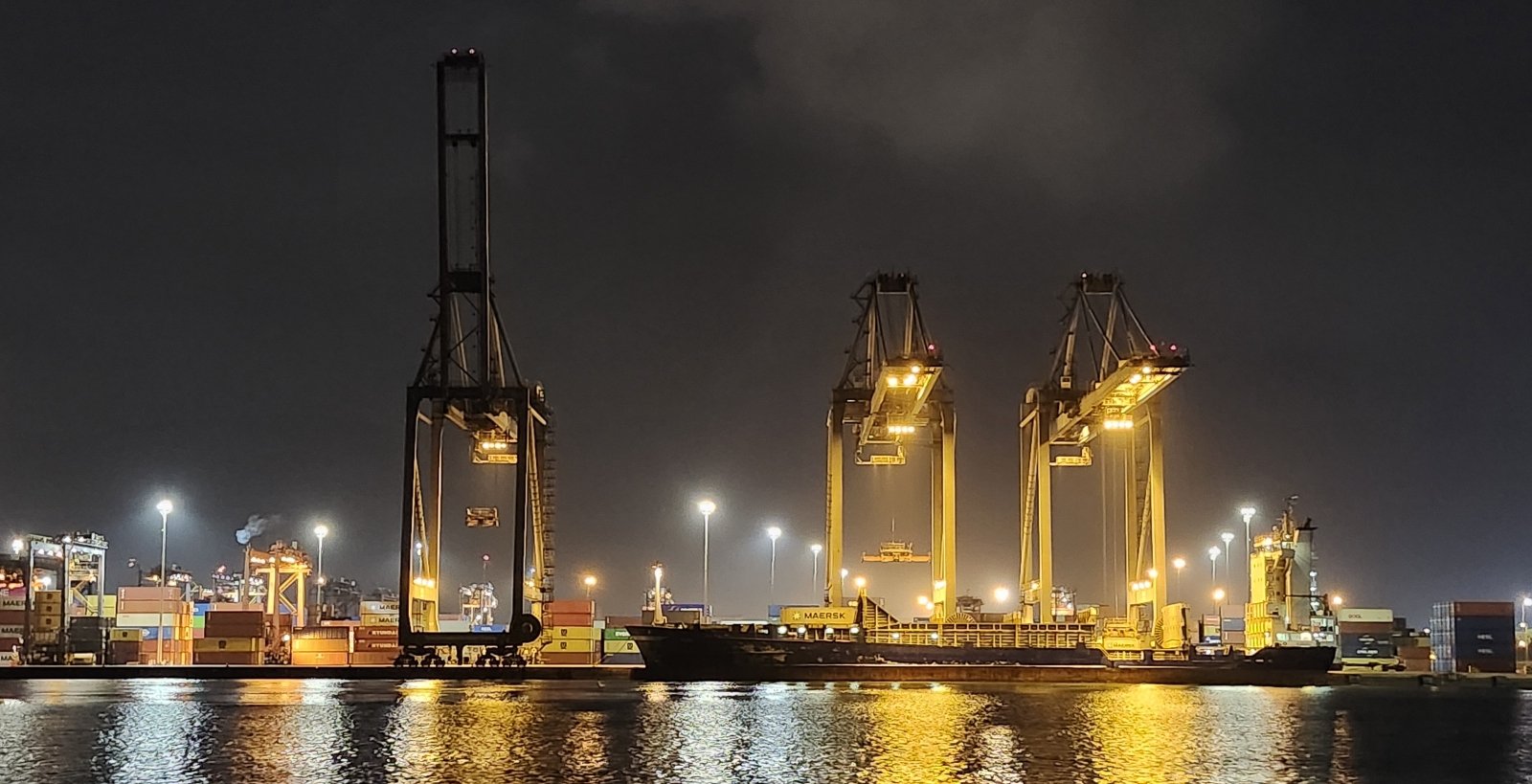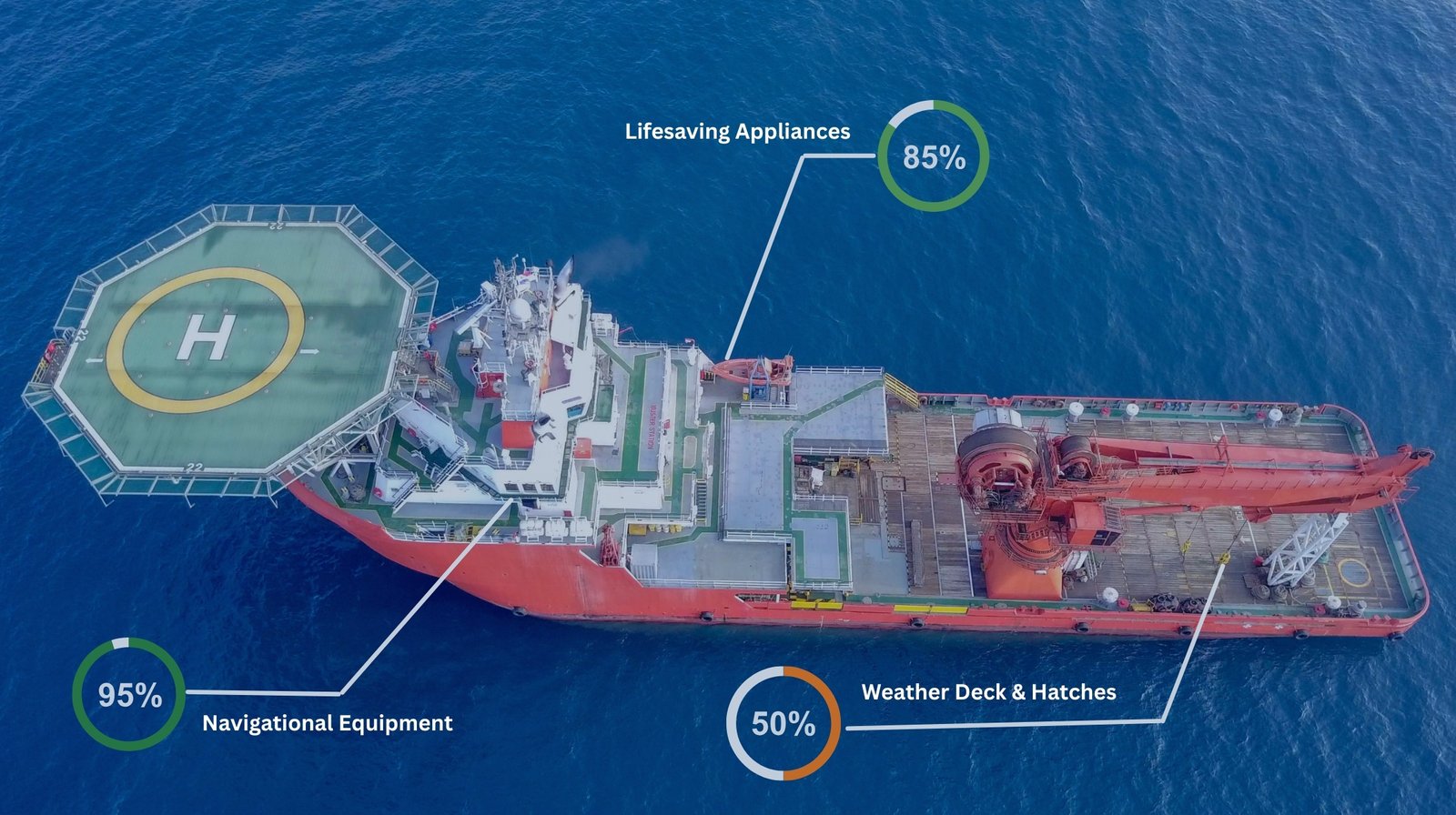Fleet Managers
Gain fleet-wide visibility into audit results, recurring deficiencies, and compliance trends. Our analytics tools help you benchmark performance across vessels and prioritize corrective actions efficiently.
Safety Compliance: Conducting thorough safety audits to assess the effectiveness of safety management systems. This helps identify potential hazards and ensures that safety protocols are rigorously followed, preventing accidents and safeguarding the crew and vessel.
Technical Compliance: Evaluating the condition and performance of a ship's machinery, equipment, and systems. By ensuring all technical aspects meet regulatory requirements, it reduces the risk of mechanical failures and enhances operational reliability.
Environmental Compliance: Performing environmental audits to verify adherence to regulations related to emissions, waste management, and pollution prevention. This promotes sustainable maritime practices and minimizes the environmental impact of operations.
Operational Efficiency: Identifying inefficiencies and areas for improvement, to help ship managers optimize operations, reduce costs, and enhance overall performance.

